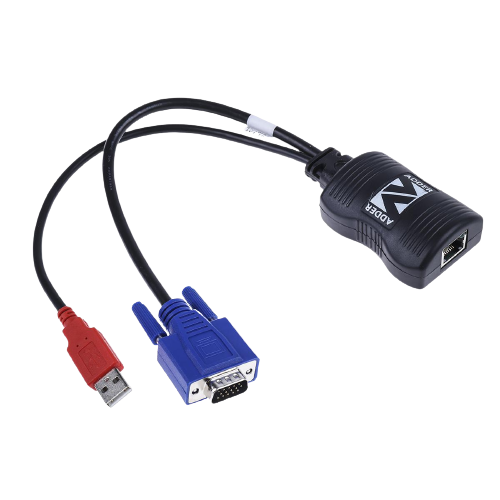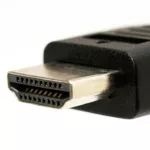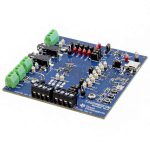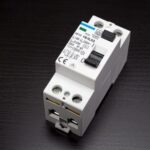
As technology and digital standards are improving at an alarming rate, the crucial parameters of HDMI Cables with the precise use, how and when to use, and the selection of exact connection type, are quite a dilemma for many users. This article will resolve the confusion by illustrating an HDMI and HDMI Cables introduction, their types, selection criteria, advantages, and applications.
What is HDMI Cables?
High-Definition Multimedia Interface (HDMI) is a common interfacing source that transmits digital audio and video (AV) signals from different sources in the uncompressed form to numerous compatible digital devices. The sources include a PC or TV cable box and other varieties of devices where HDMI is accepted and functions to send audio and video signals for almost all the latest devices. They are indispensable and prerequisite to sending video and audio signals, including high-definition signal support.
HDMI Cables:
HDMI Cables, assembly of AV cables, are designed to transmit digital audio, video, and other digital signals and connect a wide range of digital devices, including PCs and camcorders, to their compatible streams (TVs, Projectors, etc.). Moreover, these cables come in a range of different cable numbers, almost 19 to carry out signal transmission. These cables are constructed from exceptionally durable and robust materials that protect the internal core wires.
How Many Types of HDMI Cables Are There?
These highly classic and versatile cables are classified into different types and versions based on their design and applications. However, the two main categories include standard HDMI cables (with three sub-categories) and high-speed HDMI cables.
- Standard HDMI cables (Category 1)
These cables can transmit a resolution of 1080i or 720 p video along with high definition (HD) resolutions. They widely used with digital TVs and high-end DVD players.
- Standard with Ethernet (Category 1)
Similar to standard cables, these cables are designed to add Ethernet channels, allowing networking between devices and Internet connections.
- Standard Automotive (Category 1)
These cables are designed for use with automotive applications and necessitate similar signal needs as the basic cables.
- High-speeded HDMI cables
These cables support 4K, 3D, and deep colours and are suitable for high-resolution videos above 1080 p.
HDMI Connector Types:
The standard HDMI Connectors are classified into types from type A to E.
- Type A HDMI Connectors:
They are the integral components of almost all HD televisions and are standard connectors. They’re compatible with older DVI-D connectors, consisting of 19 pins, and can transmit AV data in three groups. They are supplied with the desired bandwidth for operating all video modes up to 4K.
- Type B HDMI Connectors:
These connectors were initially designed as a dual-link version to increase data throughput but were never used. Single-link HDMI speed is more ideal than what is possible with a dual-link concept.
- Type C HDMI Connectors:
Often called mini HDMI, such small connectors retain the 19-pin configuration. However, they swap signal quality position with its shield.
- Type D HDMI Connectors:
These micro HDMI are almost the same size as a micro-USB connector with 19 pins configurations different from Type A or C.
- Type E HDMI Connectors:
These connectors designed for automotive applications with integral protective shells offering resistance against harsh environmental conditions, like dirt and moisture. They also feature locking tabs for cable insertion during vibrational conditions.
What Are the Typical Benefits of HDMI Cables?
HDMI cables offer countless benefits, and some of them include:
Dual Use:
These interface cables can carry both video and audio signals eliminating the separate cable requirement.
Deep Colours supporting:
Supporting 10-bit, 12-bit, and 16-bit colour depths in reasonable detail can also render over a billion colours.
Convenient and simple connections:
They allow simple device connections by utilizing less cable conveniently.
High Compatibility:
As the interface is available in multiple smart devices, they are connectable to DVI interfaces and other devices (large size) for more extensive displays.
Quality video and transmission:
They reduce transmission loss and provide exceptional quality video.
Data Authentication:
These cables offer encryption and authentication with signal integrity in intact conditions.
What Are Gender Types of Cable Available?
These cable connectors come in various gender configurations, including:
- Male to Male: They feature male connectors at both ends of the cable.
- Male to Female: Each end of the cable carries a male connector while a female is on the alternate side.
- Female to Female: Cable terminates in a female connector on both sides.
The Essential Parameters When Choosing HDMI Cables:
HDMI cables are in bulk on the market, so it is crucial to ascertain certain parameters before selecting the right one and including:
Materials:
It is essential to check the cables are constructed from durable and protective materials. The exterior robust cable construction avoids signal interference. They’re usually made of materials like nylon, PVC plastic, etc.
Cable Length:
It is one of the crucial parameters in selecting the length of your desired cable. It is best to use a short one as the long one impacts the signal and is difficult to reach in rugged areas.
Cable Cost:
It is also one of the considerations to buy the cable within a range. However, the costly cable does not mean that it will work better.
Colour:
The colour combinations do not make any difference and depend on the users.
Resolution and Speed:
The last and crucial factor is to ascertain the resolution and speed of your cable type that can handle the required resolution, speed, or hertz you want.
What Are the Typical Applications of HDMI Cables?
HDMI cables with HDMI technology have been the central and leading interface system for digital video and audio transmission systems for a great range of:
- Healthcare
- Military Purposes
- Aerospace
- Security and Surveillance
- Consumer electronics
- Commercial AV devices
- Automotive Applications
- Industrial Automation
- PCs
- Mobile Phones, and much more.
The Final Thoughts:
Finally, HDMI technology offers robust solutions for easy device connections and signal transmissions for various AV systems. This technology is accessible from leading electronic product suppliers and leading manufacturers with all the desired types. They recommended looking into the suitable and required type and parameters before buying HDMI cables.





















